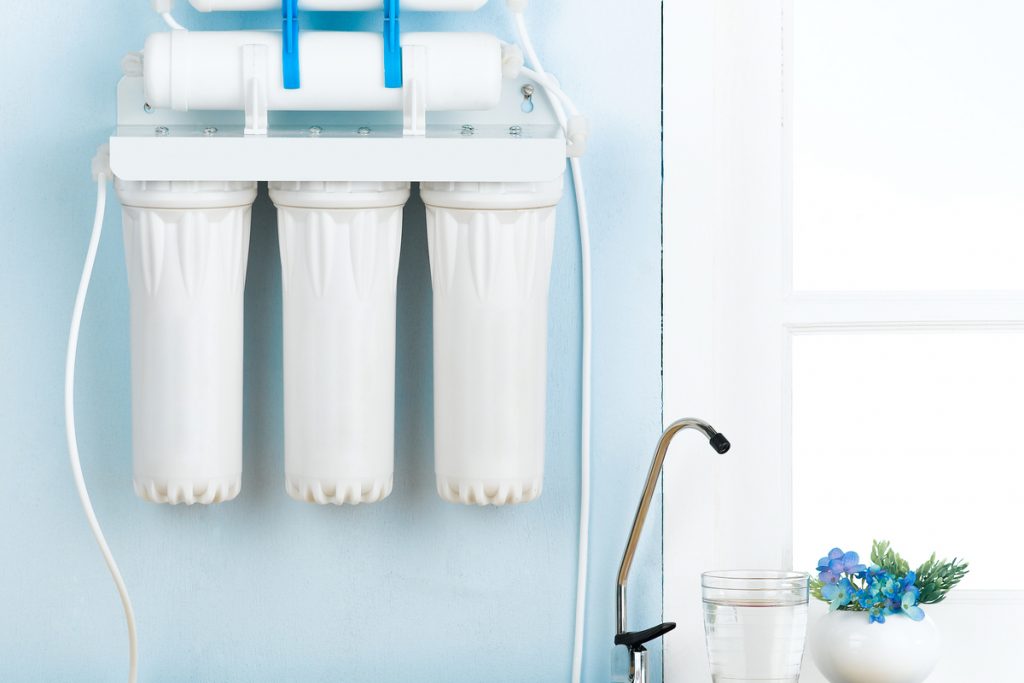Although water is the most commonly used laboratory solvent, the importance of water quality is often overlooked. Achieving water of sufficient quality requires the careful use of purification technologies and a method for accurately measuring and monitoring contaminants. Once pure water has been produced, it must be validated and then carefully stored and maintained to ensure that its quality does not deteriorate.
Water purification plays a major role in ensuring access to drinking water. Safe drinking water will give a positive impact on the health of the entire community. Systems are in placed in order to ensure the ongoing water quality, including water quality testing. The testing helps to make sure that the water treatment process results in a product that meets federal water quality guidelines. Water analysis involves looking for several kinds of contaminants, including unsafe levels of organic, inorganic, microbial and/or radioactive contaminants.
The history of water purification or filtering is very much connected to the history of water itself. As the population grew, water becomes highly contaminated which led to the emergence of the need for pure, clean drinking water. Although the evolution of best water purifiers took ages but people did realize the importance of it. Various methods, including boiling and heating under the sun and filtering water through sand and coarse gravel. Over the years, scientists have discovered more and more contaminants in fresh water sources, and these same scientists have noted a strong correlation between drinking water contamination and many significant health problems. Due to the rampant impurity of water and the crucial, physiological need for clean, fresh drinking water, several treatment alternatives have emerged throughout the history of water treatment.
1700s
The French cleric Jean-Antoine Nollet made the important discovery that water naturally diffuses from a dilute to a concentrated solution. This phenomenon later became known as osmosis. During the following century, the study of osmosis became of particular interest to practitioners of the biological and medical sciences.
1800s
In 1804 the first actual municipal water treatment was built in Scotland. The water treatment was based on slow sand filtration, and horse and cart distributed the water. Some three years later, the first water pipes were installed. The suggestion was made that every person should have access to safe drinking water, but it would take somewhat longer before this was actually brought to practice in most countries.
1900s
Chlorination of water, one of the earliest methods of water purification was to add chlorine in the water. However, due to its negative effect on health as well as its ineffectiveness to kill certain types of protozoa, this technique lost popularity paving the way for other purifying techniques.
Water treatment experimentation today mainly focuses on disinfection-by-products.
2000s
In 2005, Thermo Fisher Scientific introduced the AccuDIspense, the first remote dispenser for ultrapure water systems that displays water quality at the dispensing gun, allowing users to place water systems out of site for increased workspace in the laboratory.
There are several commonly used methods for purifying water. The principal methods used for laboratory purposes include:
Reverse Osmosis
Electrode Ionization
Ion Exchange
Ultraviolet (UV)
Ultra-filtration
Distillation
Future of water purification system
Water purification has come a long way in a short time since the first filtration and membrane systems of the twentieth century. There seems little doubt that this pace of change will continue into the immediate future. Many experts predict that nanotechnology will become the standard of laboratory, industrial and domestic water treatment in the years ahead, potentially offering less expensive and more effective water purification methods.

